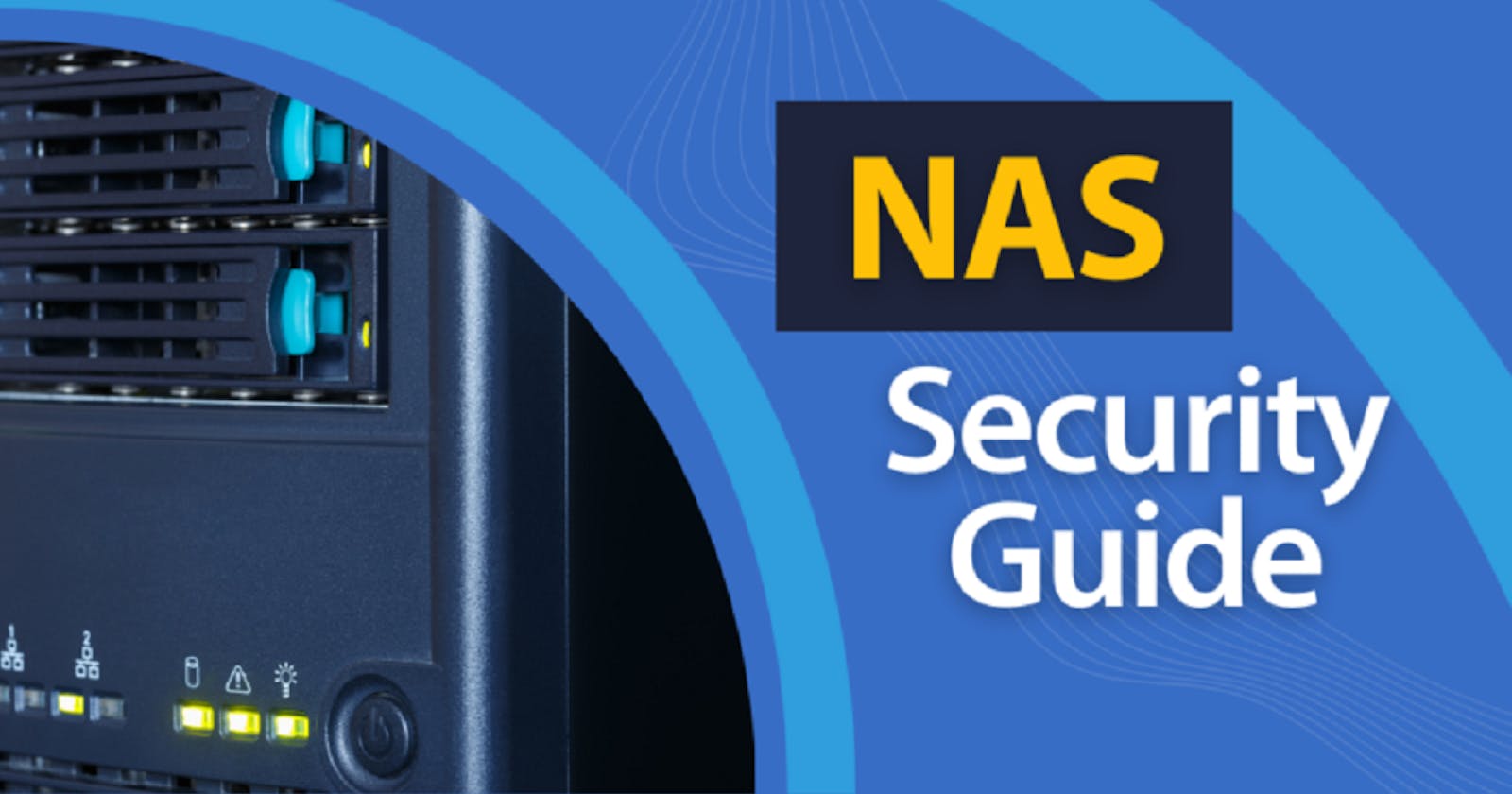Creating a secure backup data is crucial for ensuring that your important files are protected against data loss, hardware failures, and other unforeseen events. This step-by-step guide of your NAS (Network Attached Storage) will walk you through the process of backing up your NAS data securely, ensuring that your digital memories and valuable information are kept safe.
Step 1: Assess Your Data and Choose the Right Backup Strategy
Before initiating a backup, assess the types and volume of data stored on your NAS. Understanding your data will help you choose the right backup strategy, which could be a full backup, incremental backup, or differential backup. A full backup copies all data, while incremental and differential backups copy only changed data since the last backup, saving time and storage space.
Step 2: Select an Appropriate Backup Destination
Choose a backup destination that suits your needs and budget. Options include:
Another NAS device: Ideal for businesses or individuals with significant amounts of data that need fast, network-based backups.
Cloud storage services: Services like Amazon S3, Google Drive, and Microsoft Azure offer scalable and secure off-site storage.
External hard drives: A cost-effective option for home users or small businesses with manageable data volumes.
Step 3: Ensure Data Security and Privacy
When backing up sensitive or personal information, security is paramount. Encrypt your data before backup to protect it from unauthorized access. Use strong encryption methods like AES 256-bit encryption and ensure that your backup destination also supports encrypted data.
Step 4: Automate the Backup Process
Consistency in backing up your data is key to avoiding data loss. Most NAS devices come with software that allows you to set up automated backup schedules. Determine a backup frequency that reflects the importance and frequency of data change, such as daily, weekly, or monthly backups.
Step 5: Verify and Test Your Backups
Regularly verify your backups to ensure that data is being correctly copied and can be restored. Conduct periodic test restores of different types of files to confirm the integrity of your backups. This step is crucial for identifying any issues with your backup process before it's too late.
Step 6: Maintain and Review Your Backup Strategy
As your data grows and changes, so should your backup strategy. Periodically review and adjust your backup frequency, methods, and storage locations to accommodate new data types, volumes, and evolving security threats.
Step 7: Educate Users and Maintain Best Practices
If your NAS serves multiple users, educate them about the importance of not storing critical data solely on their local devices and the benefits of utilizing the NAS for secure backups. Additionally, maintain best practices like regularly updating your NAS firmware and backup software to protect against vulnerabilities.
Conclusion
Backing up your NAS data securely is a critical component of a comprehensive data protection strategy. By following this step-by-step guide, you can ensure that your valuable data is safeguarded against loss, theft, or corruption. Remember, the key to successful data backup lies in regularity, security, and the ongoing evaluation of your backup needs and strategies.
